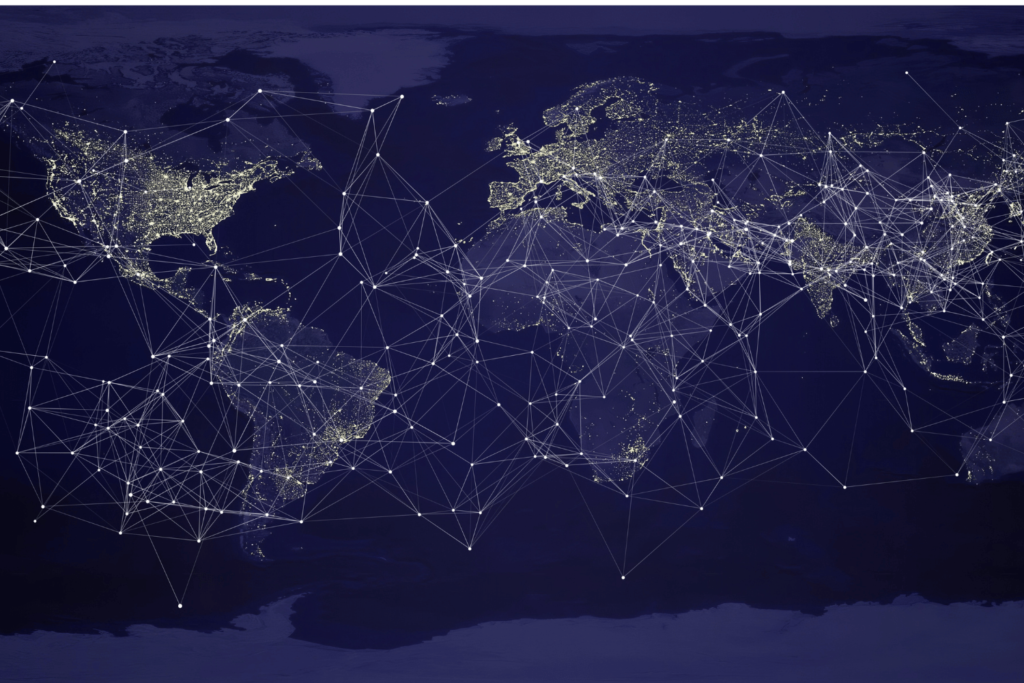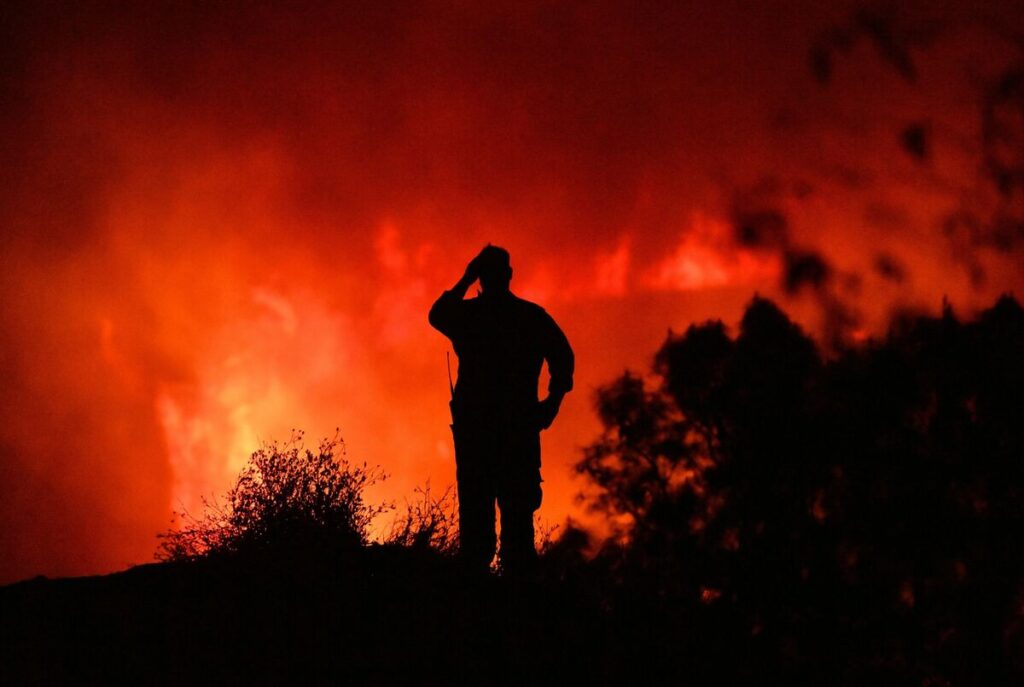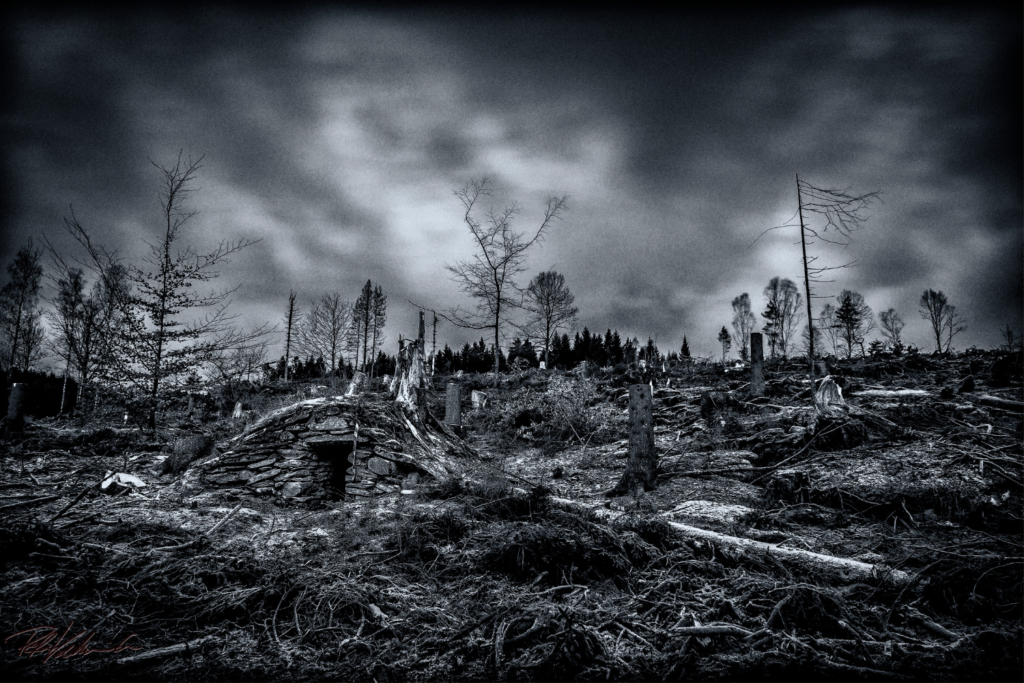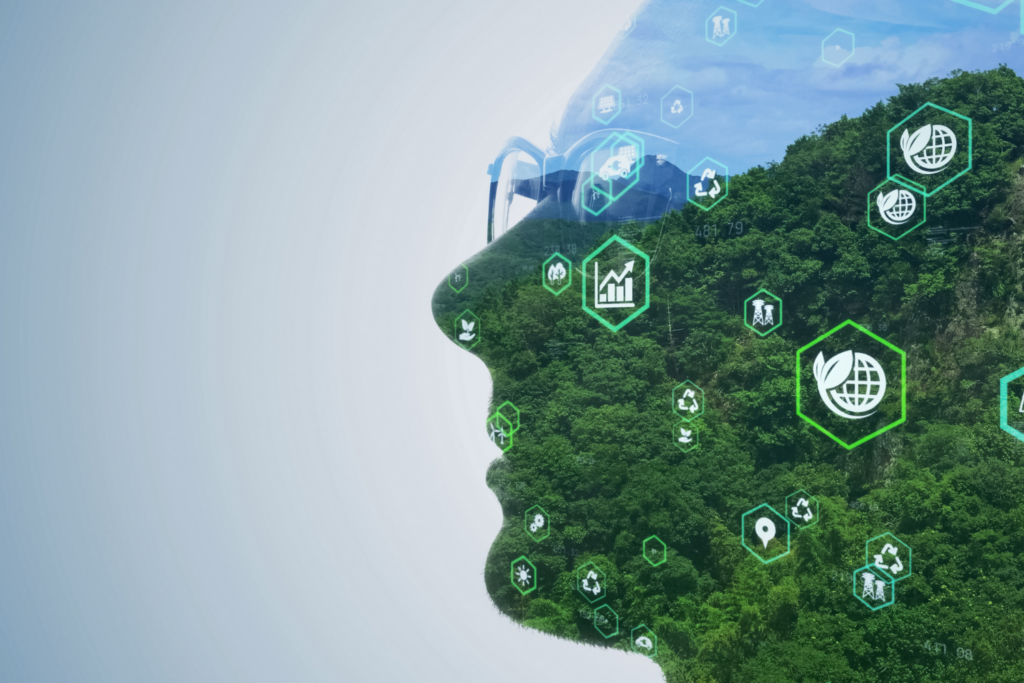Extinction of the human species: What could cause it and how likely is it to occur?
The author explores the growing body of scientific and scholarly work on human extinction and existential risks, focusing on the question: “What could kill everyone, and how likely is it to happen?” This review provides an overview of plausible causes of human extinction identified in current academic literature, includes expert judgments on their likelihood, and […]
Extinction of the human species: What could cause it and how likely is it to occur? Read More »










